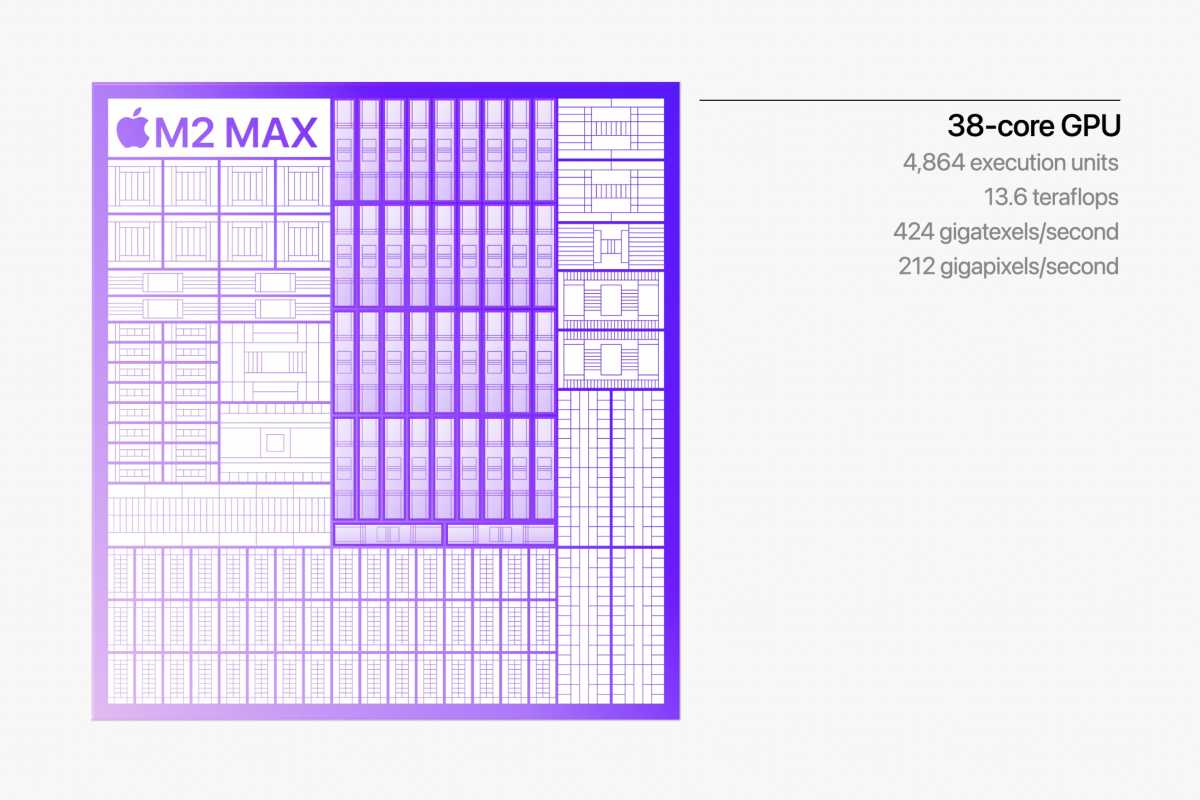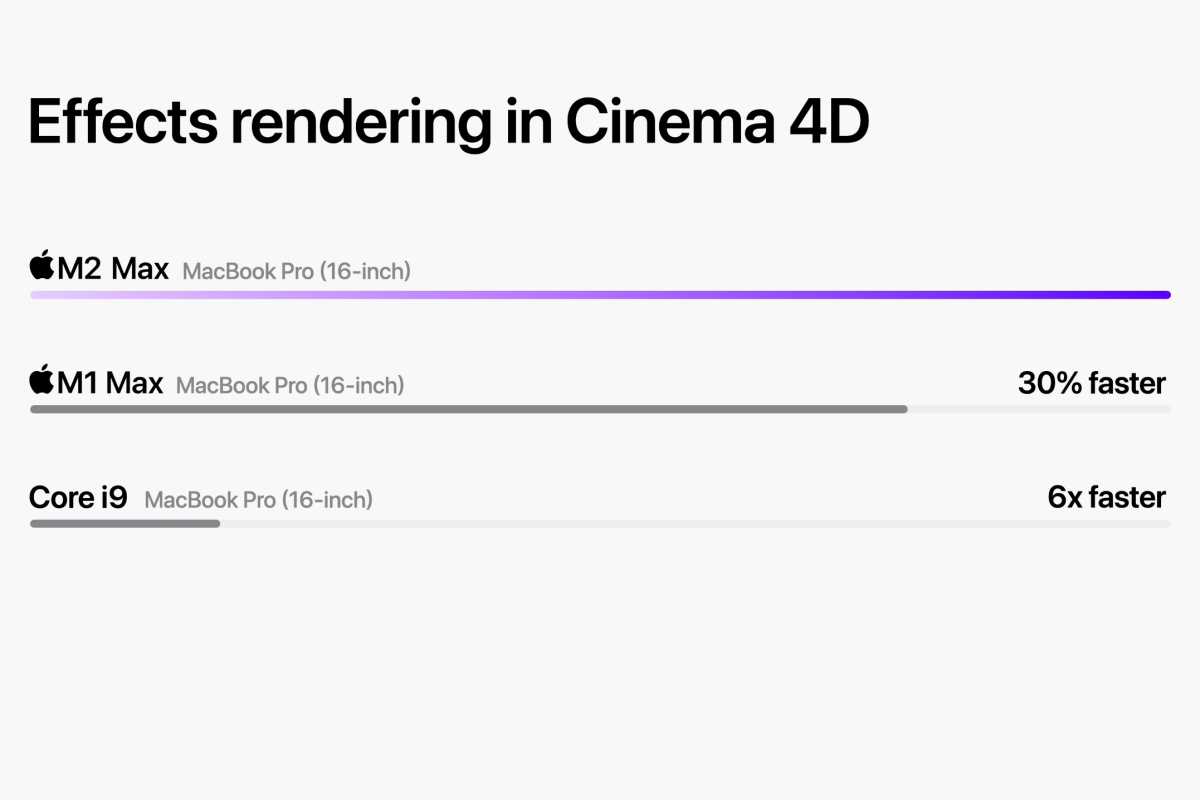Before you buy a new M2 Pro or M2 Max Mac, here are five key things to know
The march of Apple silicon is not slowing down. To power the new high-end Mac mini and 14-inch and 16-inch MacBook Pro systems, Apple has unveiled the all-new M2 Pro and M2 Max processors, taking all the improvements of the A15 and A16 processors and applying them to the Mac chips, resulting in a significant boost in performance over the M1 line. Apple claims the M2 Pro and M2 Max chips bring 20 percent better CPU performance and 30 percent faster GPU performance than the M1 Pro and M1 Max. They also include the newer Neural Engine, which is up to 40 percent faster than that in the M1 series.
As impressive as those claims are, they are also unsurprising and a bit disappointing. Some of the more exciting rumors about more advanced manufacturing, new GPUs, or other improvements have proven untrue, and the M2 Pro and M2 Max appear to be exactly what was expected: the M2 scaled up with more CPU and GPU cores and a wider memory bus. In fact, the M1 Pro and M1 Max chips had more to differentiate them from the M1 than the M2 Pro and M2 Max do when compared to the M2.
But still, there are some interesting things to know about these chips before you decide to buy one of the new Macs. Here are five key characteristics worth noting.
Same CPU core design and performance as M2
When Apple introduced the M2, it claimed an 18 percent improvement in CPU performance versus the M1. Now it’s saying that the M2 Pro and M2 Max have 20 percent better CPU performance than the M1 Pro and M1 Max, and leaked benchmarks seem to back up those claims. In other words, you can expect the same overall architectural improvements and performance uplift as the M2 delivered compared to the M1.
Apple
Some of this simply comes down to core count. The M2 Pro and M2 Max have eight high-performance cores just like the M1 Pro/Max, but the number of efficiency cores goes up from two to four. So the M2 Pro and M2 Max have 12-core CPUs while the M1 Pro/Max have 10-core CPUs.
GPU gains are better, but there’s no great architectural shift
Apple says the M2 Pro/Max GPUs are 30 percent faster than the M1 Pro/Max, and leaked Metal benchmarks back up those claims. That’s unsurprising, considering the M2 was said to have graphics performance that is up to 35 percent greater than the M1.
This is likely due to the addition of a few more graphics cores and some minor architectural tweaks. The M2 Pro has up to 19 graphics cores (vs. 16 in the M1 Pro) and the M2 Max has up to 38 graphics cores (vs. 32 in the M1 Max).
Those are unusual numbers—core counts are typically even in number, and often powers of two, so it’s likely that the design is for 20/40 GPU cores with room for one faulty core to be disabled, improving manufacturing yields on these big chips. Still, that’s a nearly 20 percent increase in core count, so with some improved caching and higher clock speeds, you can get to 30 percent.

Apple
If you were hoping for an all-new GPU from Apple with modern features like ray-tracing acceleration, which GPUs from AMD and Nvidia have had for several years already, you’re going to be disappointed.
Memory bandwidth is the same even with more RAM
Memory bandwidth on the M2 Pro is 200 GB/sec, just like the M1 Pro. The M2 Max doubles that to 400 GB/sec. So we’re almost certainly still looking at a 256-bit LPDDR5 memory bus on the Pro and 512-bit LPDDR5 on the Max. Apple improved caching in the A15, and those architectural improvements likely carry over to the M2 Pro and M2 Max.
While the M2 Pro maxes out at 32GB of RAM (the same as the M1 Pro), the M2 Max can go up to 96GB–50 percent more than the 64GB limit of the M1 Max. But there’s a catch—the 96GB RAM option is limited to the version of the M2 Max with 38 GPU cores. The less expensive option with 30 GPU cores tops out at 64GB.
They still don’t have AV1 support
With the M1 Pro had a new video encoder and decoder that added hardware acceleration for the ProRes format, and the M1 Max doubled the number of video encoders to two. After some confusion, that’s still the case with the M2 Max, but it supports all the same formats as before: H.264, HEVC, ProRes, and ProRes RAW. That means support for the newer AV1 codec is still nowhere to be found, despite being available in today’s GPUs from Nvidia, AMD, and Intel. Apple is falling behind here.

Apple
We couldn’t help but notice that all of Apple’s marketing benchmarks around video production, claiming improvements of 30 percent or so, are for activities like color grading or 3D effects rendering, typically limited by GPU performance. Apple didn’t provide benchmarks showing an improvement in video encoding speed, so it will be interesting to watch the first reviews of the M2 Max to see if the video encoders are measurably faster.
They’re still all 5nm
There has been a lot of speculation about when Apple will start using TSMC’s new 3nm manufacturing process. Apple is said to be the first major manufacturer to do so, and some of the rumors said the new M2 Pro and Max chips would be where Apple makes the leap.
It looks like we’ll be waiting for an M2 Ultra later in the year, or possibly the A17 that will be introduced with the iPhone 16 this fall. Apple says the M2 Pro and Max are made using “second-generation 5nm technology.” It’s likely that this is the same process that Apple somewhat erroneously called “4nm” in its iPhone 15 presentation in September 2022. TSMC calls its N4 node an “enhanced” 5nm process, and Apple seems to be correcting its language here.
For all the latest Technology News Click Here
For the latest news and updates, follow us on Google News.
